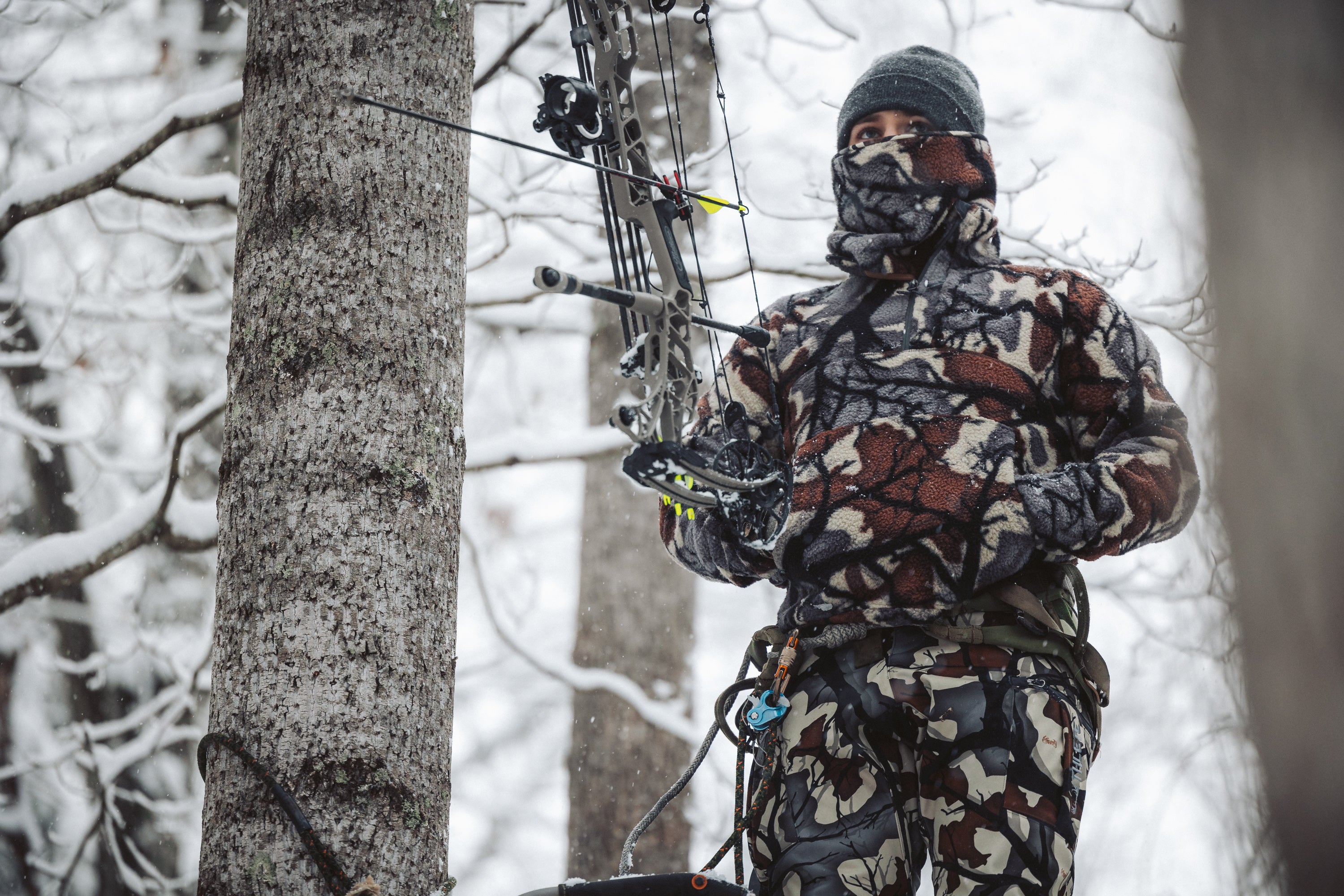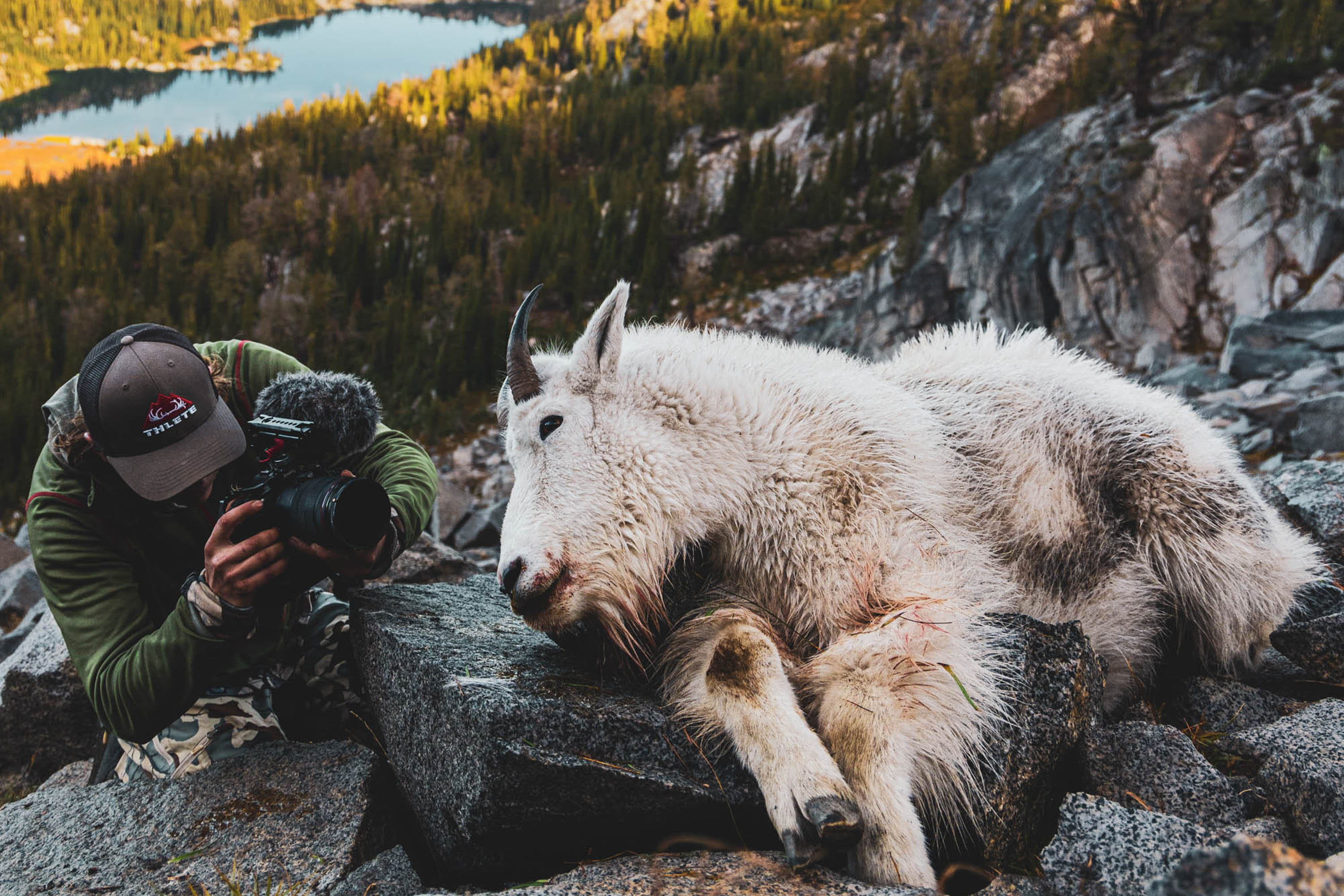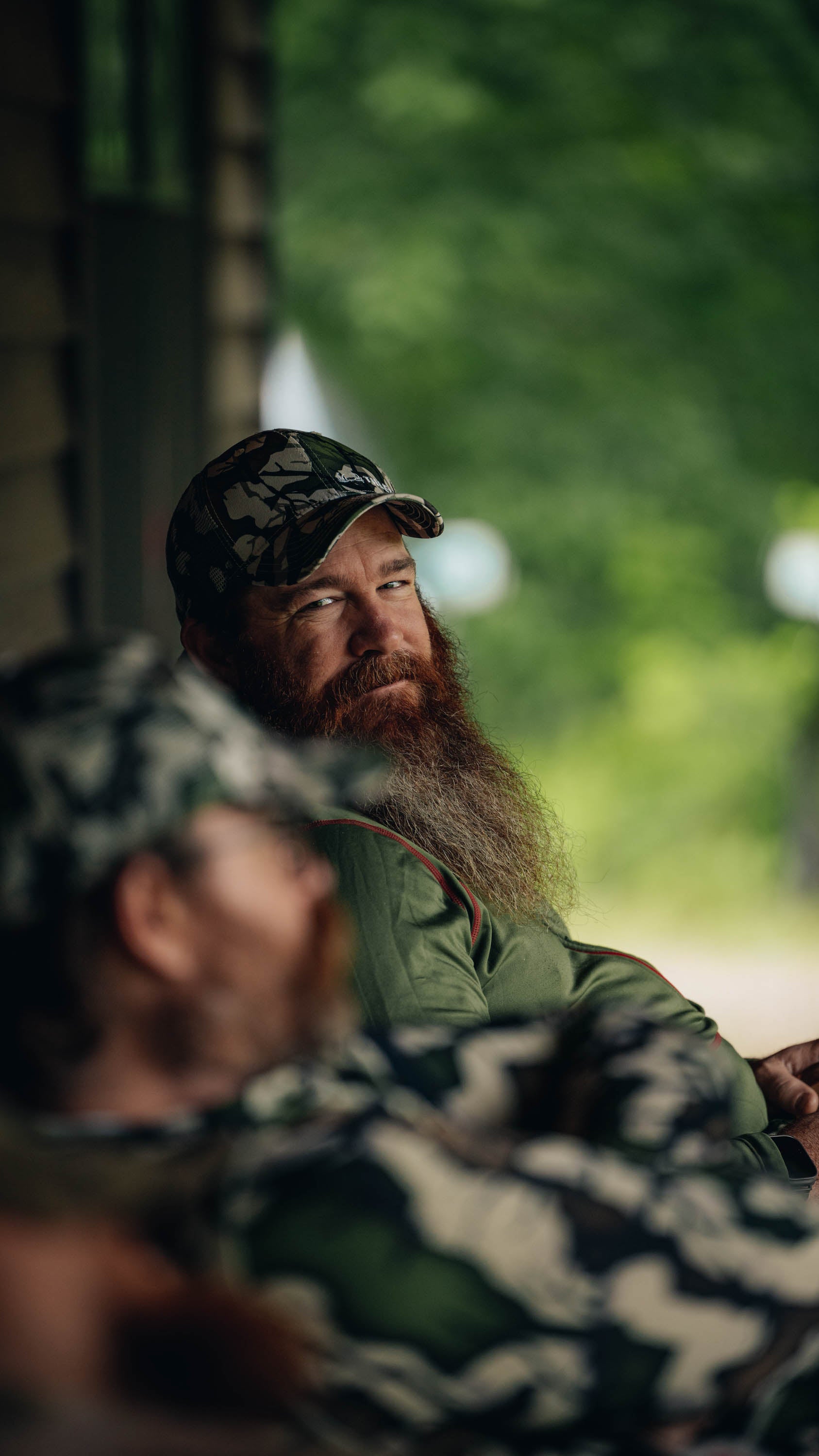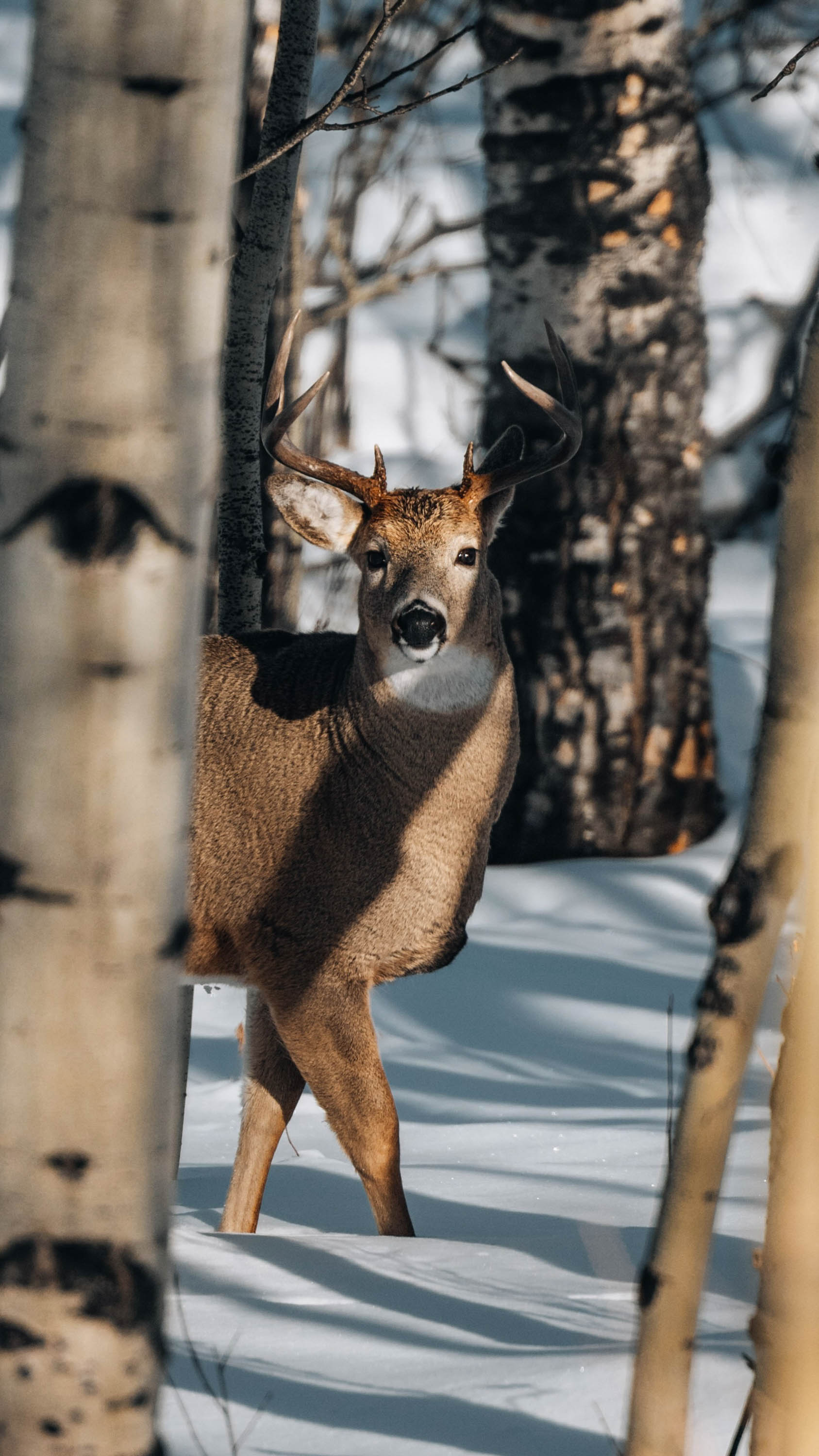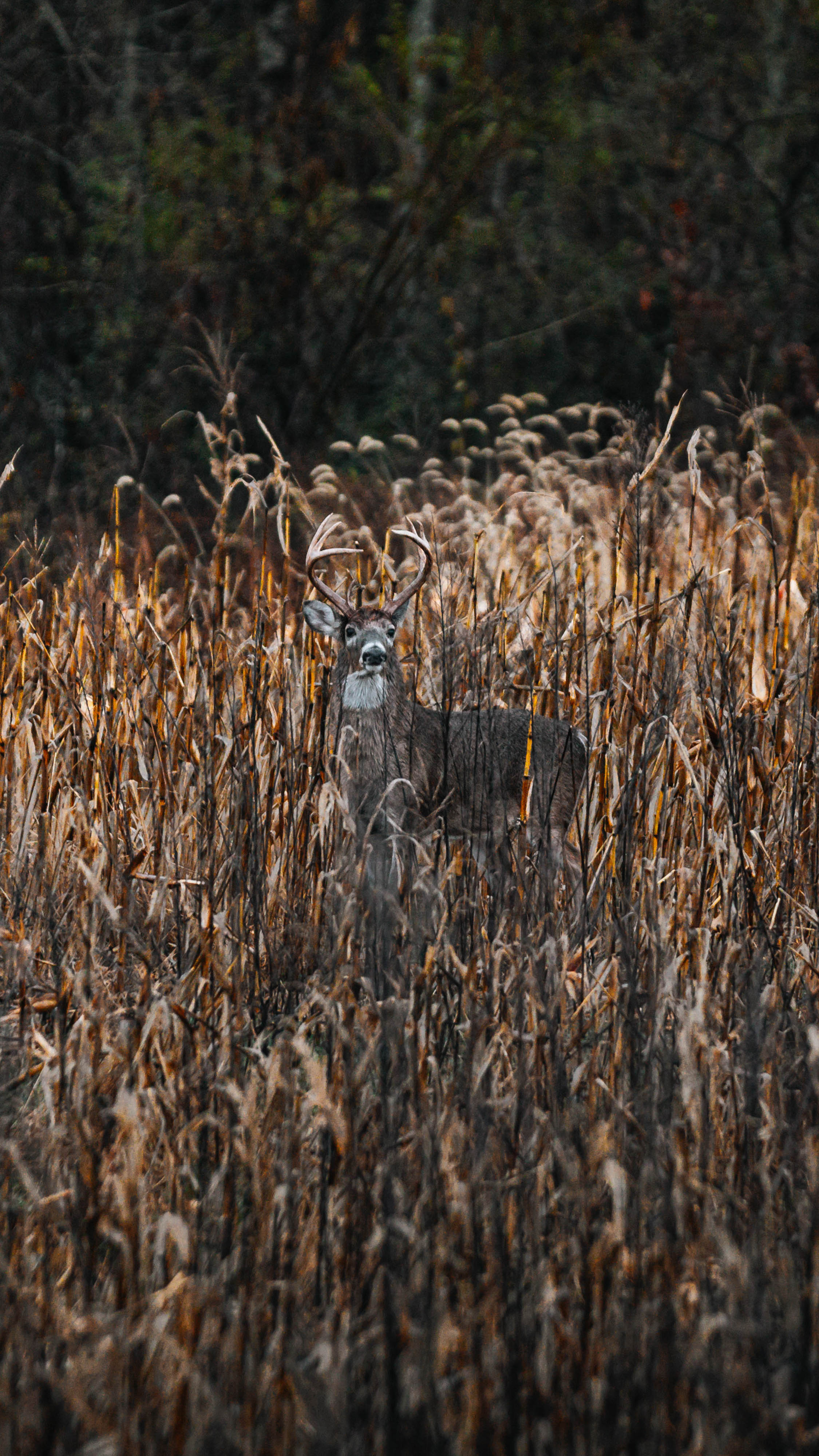
How mature deer use the wind?
I am far from having a whitetail Ph.D., but I do my best to learn a as much as I can about the day-to-day life and behavior of whitetail deer each year. I have been told that the more you can think like a big buck, the likelier you are to be successful at killing one. A big buck does not get big by being stupid, and he rarely will make a mistake; in the world of whitetail deer, mistakes lead to injury and death. If there is one aspect to focus on, one element that will hands-down make you a better hunter, it is the wind and understanding the effect that it has on whitetail movement. If you can master the wind, your odds of success improve drastically. Do deer use the wind 100% of the time, absolutely not; it’s not possible. However, deer will use the wind to their advantage as often as they can, and their actions, as well as comfort level, are directly impacted by wind currents.
HUNTING THE WIND – A DIFFERENT STRATEGY:
Many of us choose to hunt with a wind direction that is most beneficial to us; this is not necessarily wrong, but there is another strategy to hunt wind currents effectively. It is widely believed that we should hunt stands where the wind is blowing towards us in relation to the bucks location or expected travel route (If the buck is to the north, a north wind). But think about it, how does this benefit HIM? In that scenario, the wind would be directly at his back as he moves toward you nullifying his ability to smell danger ahead. We need to focus on the wind direction that best favors the deer, rather than the hunter, and hunt these currents accordingly. A buck is more likely to be up and moving if he feels that he has the advantage. (As an example, say you are hunting a west wind on a ridge top that runs north/south and you have a bedding area south of your stand location. You selected this stand because your scent is dumping to the east into the valley below. While the wind is suitable for your needs, this wind direction is not ideal at this particular location to a deer because they cannot use the wind to their advantage as they exit their bedding location. A better wind direction would be NW so that the deer can quarter into the currents from the south and smell what is ahead.
Hunting these locations can be risky, and the wind may be cutting dangerously close to the whitetails detection range, but if played correctly, the risk can pay off big. Some stands work great with the wind blowing directly away from the deers intended travel route, but other times, you can pinpoint his intended route and cut him off by using an approach that is a bit riskier. The theory behind this strategy is not a new concept, it was pioneered by Myles Keller, and if you want to argue its effectiveness, I am sure that his dozens of P&Y kills can attest to its authenticity.
There are certain behavioral consistencies that I have noticed about bucks and late season food sources. Deer tend to be skittish late in the year and their senses are typically heightened. Extreme cold can get them to make mistakes, but more often than not, deer use extra caution around feeding areas. If you hunt food plots, particularly during the late season, you will notice a consistent pattern, the deer rely heavily on wind direction to determine when and where to access a food source.
MY FOOD PLOT EXPERIENCE:
I took notes last December as I hunted a plot of standing corn in central Wisconsin. The deer were bedding almost exclusively on the east side of the field in some thick cover on the southern slope of a knoll. On days that the wind would blow from the east, the majority of deer would herd up in the valley below the standing corn, but were hesitant to move into the field until after dark. On the contrary, when the wind was out of the west, deer would pile into the field with utter disregard. It was clear that the direction of the wind played a significant role not in only when deer would move in, but also their comfort level as they approached to feed. The nose of a whitetail is a crucial survival tool and when conditions favor them, they are much more at ease and likely to move freely.
The main access route to the field was at the lowest point. In my experience, deer (big bucks in particular), tend to prefer the lowest spot to enter a feeding area. I am not certain why this is, but I figure that it is a combination of security and access to thermals that are pulling downward in the evening.

Deer Bedding to Feed Travel Routes
This theory does not necessarily apply year round. During times of low stress, spring and summer, deer tend to use less caution when moving. However, after hunting seasons open and hunters have contaminated the woods with human odor, all bets are off. The same goes for late season food sources. Whitetails seem to know that they are more susceptible to danger in the open and will try to tilt the odds in their favor. This theory also applies when entering bedding areas; they prefer to get a whiff of everything up-wind before settling in. Hunting pressure plays a significant role in the likelihood that the deer will utilize wind currents. Once it is dark, the wind is less of a factor because the overall impression of safety is significantly increased
BUCK BEDS:
As for bedding, bucks have a preference there as well. They prefer to bed in spots where they have a clear line of sight in one direction (downwind) but also have the wind blowing over their backs. Often, the up-wind side will consist of dense cover.
What is your experience with mature whitetail deer? Have you observed anything that seems to consistency hold true? We would love to hear your personal experiences and insight on how mature bucks use the wind to travel and detect danger.

